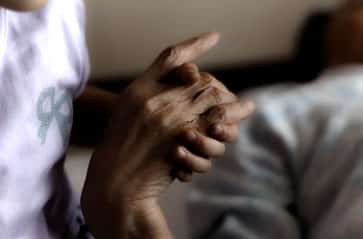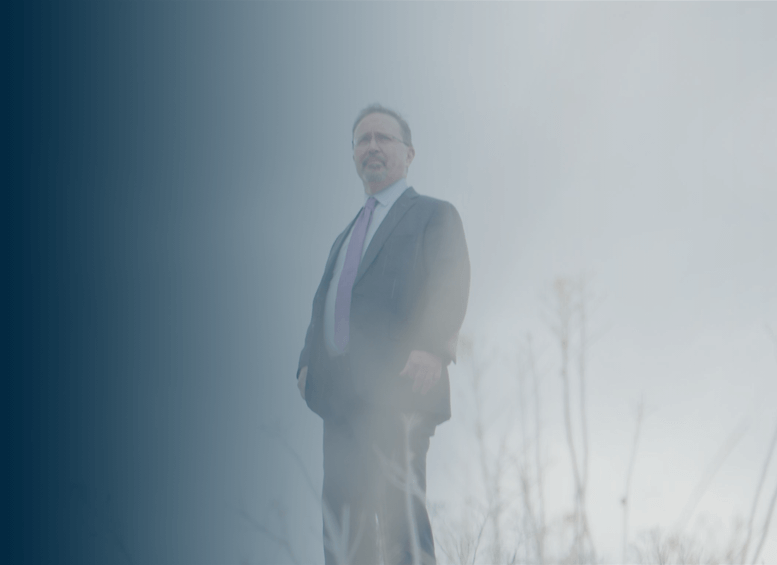
In nursing homes, unanswered calls for help by staff and caretakers can mean the difference between life and death for elderly patients.
Unanswered Calls For Help Can be Fatal
Nursing home call systems provide a lifeline for elderly patients who require assistance. When calls go unanswered by medical staff, patients can suffer serious injuries, even death. All nursing home facilities are required to have a call system with a two-way intercom between the nurse’s station and the patient’s bed. When the patient activates the call button, a light flashes above the room doorway and a bell or buzzer sound at the nurse’s station. The patient call system is crucial for patient safety, and laws require that they must be properly working at all times.
When a call light is on, it should take top priority with nursing home staff. Facility nursing assistants, caretakers, and supervisors are trained to respond quickly to call lights from patients to avoid dangerous situations. However, the most common complaint from nursing home patients is slow response times and unanswered calls for help. Health care studies and patient surveys show that the average wait time in many facilities is 20 to 30 minutes. Long waits can prove fatal for elderly patients in distress. Allowing call lights to flash this long and not answering calls for help constitute gross negligence on the part of the nursing home staff.
Nursing homes have an obligation to monitor call systems that protect patients from accidents and injuries. Safety regulations recommend that patient call lights should be answered within three minutes. Leaving patients in distress and ignoring call lights is a form of nursing home neglect that can have fatal consequences. Some nursing homes argue that staffing shortages contribute to longer response times. Most call light systems are connected to a central nursing station, so calls may be delayed or go unanswered the if staff is away from the station.
Call light response times vary greatly between nursing home facilities. The size of the facility, the number of patients, the age and health conditions of patients, and the number of available nursing staff all have an impact on call light response times. Some facilities have installed mobile pager technology that allows nursing staff to respond faster to patients’ calls for help.









